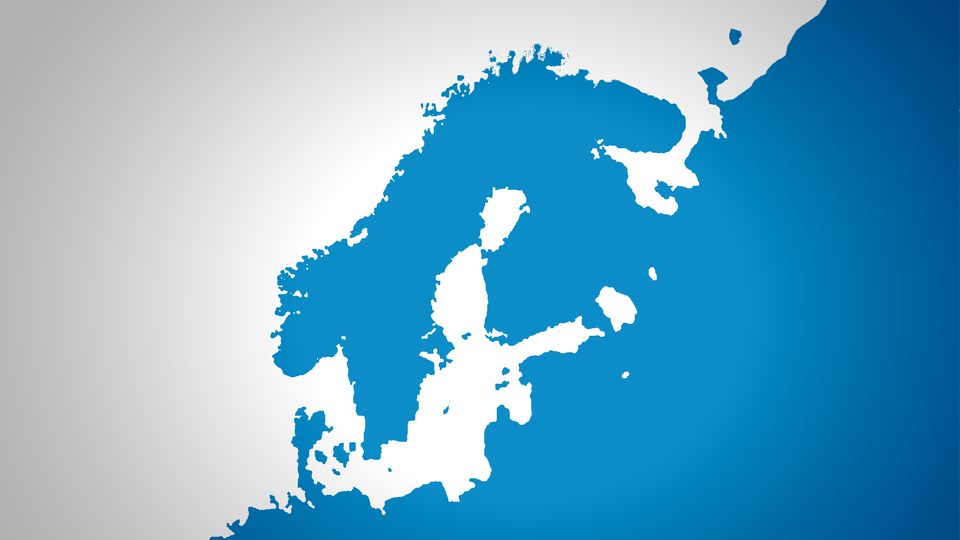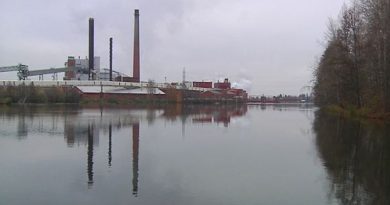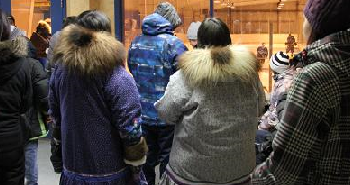Will climate change remove dry land between Finland and Sweden?

The effects of climate change, including rising temperatures and sea level, can already be seen in the Kvarken, the narrowest span in the Gulf of Bothnia between Finland and Sweden.
A decade ago this month, the area was declared a UNESCO World Natural Heritage Site.
The impact of the melting of the continental glaciers can already be seen in the Kvarken Archipelago between Finland and Sweden. A decade ago this month, the area was declared a UNESCO World Natural Heritage Site.
This scenic maritime region is partly unusual because of the islands are rising by 8-9 millimetres a year, generating roughly one square kilometre of new land annually. According to earlier estimates, the shallow waters would give way to a land bridge between the two countries with some 2,500 years.
That process continues unabated, but has slowed as the level of the Baltic Sea rises due to global warming. So is climate change likely to remove the possibility of dry land between Finland and Sweden?
Land bridge postponed?
In the Kvarken, the narrowest part of the Gulf of Bothnia, the distance between the Finnish and Swedish coasts is just over 80 kilometres, while the distance between their outermost islands is only about 25 kilometres. The Kvarken is shallow, with a maximum depth of only some 25 metres. So is two and a half millennia still a reasonable estimate of when the two countries might be joined by dry land?
“About 2,500 years is as good a number as any between 2,000 and 4,000,” replies Professor Markku Poutanen of the Finnish Geospatial Research Institute (FGI), which operates as part of the National Land Survey.
Climate change having an impact
Poutanen and his Swedish colleague Holger Steffen have recently published an article on land uplift in the Kvarken in the journal Geophysica. They say it is clear that climate change is having an impact on the time scale of possible land conjoinment.
“Based on the uplift models we came up with a scenario, but it’s uncertain because sea level rise is difficult to predict. We don’t know exactly how the glaciers will melt over the next centuries,” he tells Yle. “In a way, from a mathematical standpoint, this is a chaotic phenomenon in which very small changes in the baseline situation have a very big effect on the ultimate situation.”
The rise in temperatures and sea level can already be seen in the Kvarken. The rate of land uplift in relation to the sea has already slowed. The Baltic sea level is expected to rise by 3-3.5 millimetres annually, which would slow the land uplift to around six millimetres a year, suggests Poutanen.
Related stories from around the North:
Canada: Greening of Arctic, browning of boreal forest, Radio Canada International
Finland: Climate change brings new insect arrivals to Finland, Yle News
Greenland: New model predicts flow of Greenland’s glaciers, Alaska Dispatch News
Norway: John Kerry to visit Arctic Norway to witness climate impacts, The Independent Barents Observer
Russia: Ancient virus found in Arctic permafrost, Alaska Dispatch News
Sweden: How will global warming affect the average Swede?, Radio Sweden
United States: NASA projects tracking changes in Alaska’s glaciers and Arctic atmosphere, Alaska Dispatch News



